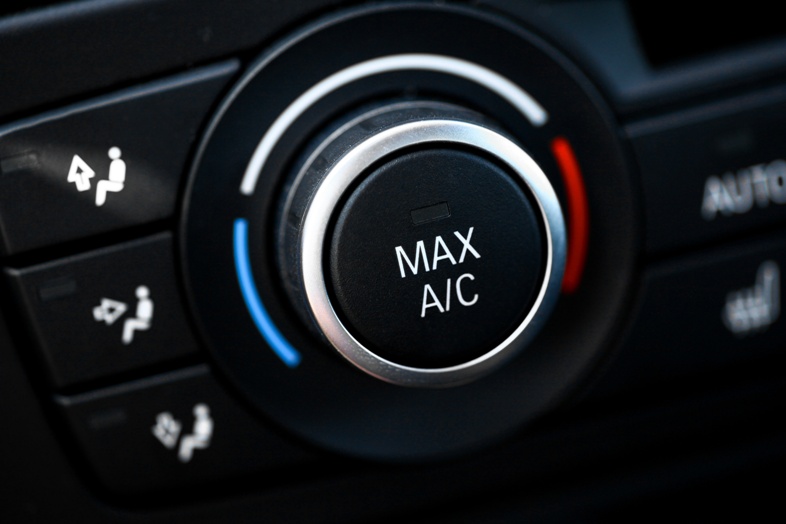On a hot summer day or during a long drive, few things are more concerning than seeing your car’s temperature gauge creeping into the red zone. Car overheating is a common issue that can be caused by various factors, and it’s essential to address it promptly to prevent engine damage and ensure your safety on the road. In this article, we’ll explore the common reasons behind car overheating and provide guidance on how to fix and prevent it.
Common Causes of Car Overheating:
- Coolant Leaks: A coolant leak can result from a damaged radiator, hoses, gaskets, or a loose radiator cap. Low coolant levels hinder the cooling system’s ability to regulate the engine’s temperature.
- Faulty Thermostat: The thermostat regulates the flow of coolant through the engine. A malfunctioning thermostat can lead to improper cooling, causing overheating.
- Radiator Issues: Damaged or clogged radiators can’t effectively dissipate heat. Debris, rust, or corrosion can impede the radiator’s performance.
- Water Pump Problems: The water pump circulates coolant through the engine. A failing water pump can’t maintain proper circulation, leading to overheating.
- Cooling Fan Malfunction: Electric cooling fans help cool the radiator. A malfunctioning fan or its relay can cause inadequate cooling.
- Engine Oil Issues: Low or degraded engine oil reduces lubrication and cooling. Overheating can occur if the oil can’t dissipate heat effectively.
How to Fix Car Overheating:
- Safely Pull Over: If you notice your car overheating, pull over to a safe location and turn off the engine immediately. Continuing to drive can cause severe engine damage.
- Let It Cool Down: Open the hood but do not attempt to remove the radiator cap while the engine is hot. Allow the engine to cool down for at least 30 minutes.
- Check Coolant Levels: Once the engine is cool, check the coolant level in the reservoir. If it’s low, add a 50/50 mixture of coolant and water to the proper level.
- Inspect for Leaks: Visually inspect the cooling system for any visible leaks from hoses, the radiator, or the water pump. Address any leaks promptly.
- Replace Thermostat: If the thermostat is stuck closed or not opening properly, it may need replacement. Consult your vehicle’s manual or a mechanic for guidance.
- Flush the Cooling System: Periodically flush and refill the cooling system to remove debris and contaminants. This helps maintain proper cooling efficiency.
- Check the Radiator Cap: A faulty radiator cap can disrupt the pressure in the cooling system. Replace it if needed.
- Inspect the Cooling Fan: Ensure that the cooling fan is operating correctly. If not, it may need repairs or replacement.
- Address Engine Oil: Maintain proper engine oil levels and follow recommended oil change intervals. Clean, fresh oil helps with cooling.
Preventing Car Overheating:
- Regularly check and maintain your vehicle’s cooling system, including hoses, radiator, water pump, and thermostat.
- Monitor coolant levels and top up when needed with the correct coolant-to-water ratio.
- Keep an eye on the temperature gauge while driving and pull over if it starts to rise.
Conclusion:
Car overheating is a serious issue that requires immediate attention. By understanding the common causes and following the steps to address and prevent overheating, you can keep your engine running smoothly and avoid costly repairs. Regular maintenance and vigilance on the road are key to ensuring your vehicle stays cool even on the hottest days. If you’re unsure about the cause of the overheating or need assistance, consult a qualified mechanic for a thorough diagnosis and resolution.


